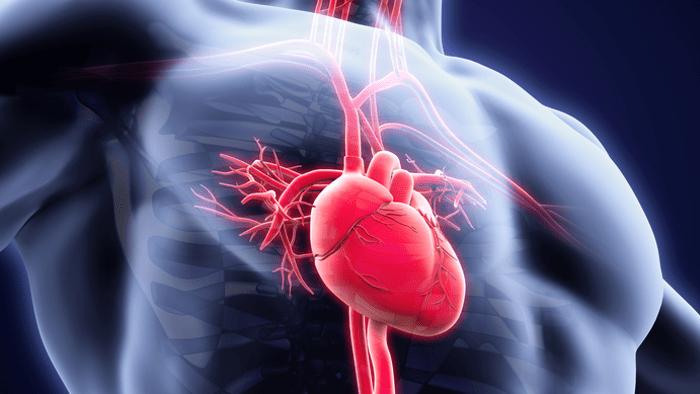An artificial organ is a man made artificial organ or a tissue and that are implanted into a human body during some atypical medical conditions. The replacements in hip or bones like hip joints or bone joints are also considered as artificial organs. The main purpose of having an artificial organ is to prevent imminent death due to the damage of original organ. And also it aims to improve the patient’s ability to interact socially.
Artificial organs also include interfaces and most of the human made organs are presented with membranes. For instance, in artificial kidney, the membranes presented in the artificial kidney will transfer urea, creatinine, phosphorus, and other toxins across the membranes to dialysate as the natural kidney do. And also, in the case of artificial lungs, it transfers CO2 and O2. The artificial pancreas transfers insulin across membranes in response to glucose, fatty acids. But here, we are not going to say that the artificial organs can totally balance the natural organs function. These artificial organs can be used until the transplantation process begins.
Artificial Organ Transplantation
There is several transplantation techniques involves in the process of artificial transplantation. In medical field, almost all the organs can be transplanted, day to day researches have made a path for attaining a successful transplantation.
Artificial Heart Transplantation
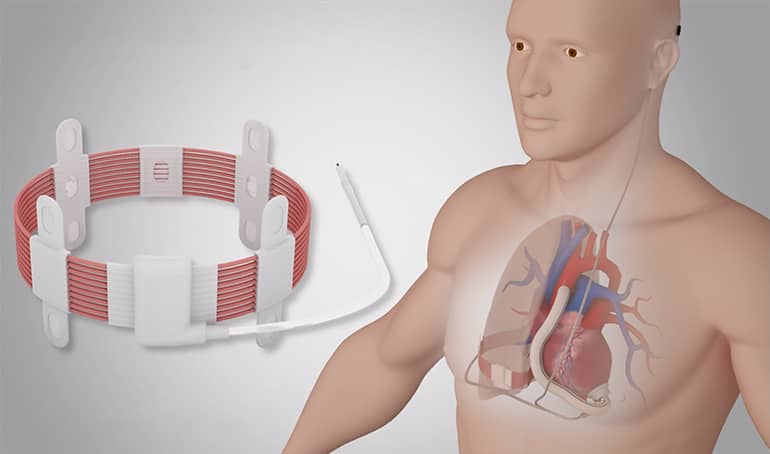
An artificial heart is a device that replaces the original heart. Artificial hearts are commonly used to balance the time required for heart transplantation, or in the case of permanently replacing the heart in such case that a heart transplant is not possible.
Artificial Kidney Transplantation
After many decades of slow process of research, scientists have found the way for the kidney failure as well as for the artificial dialysis process.
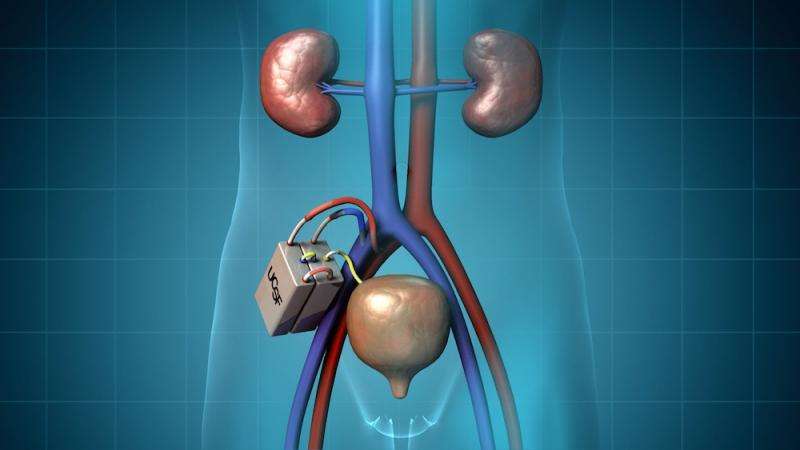
Actually, the artificial kidney that can replicate the work of the real organs and it can eliminate the need for dialysis.
Artificial Pancreas Transplantation
Artificial pancreas plays an important role in monitoring the glucose level in the body. This artificial pancreas not only monitors the blood glucose level and also helps in delivering the insulin to reduce high blood glucose levels.
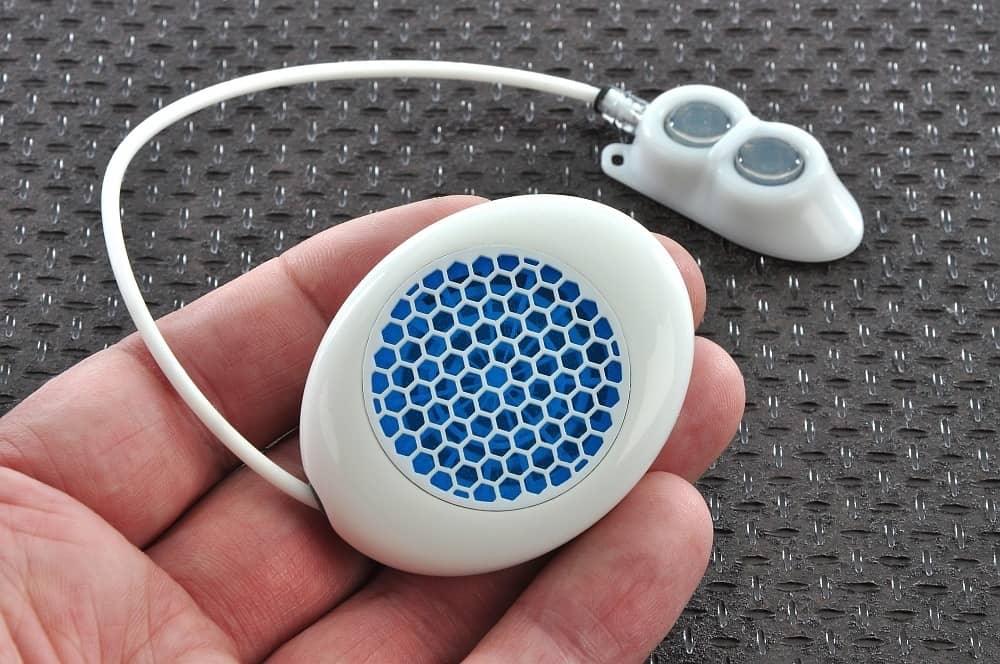
Artificial Bones
Bone transplantation is known as arthoplasty. In this artificial transplantation of bones involves in the removal of damaged bones and replacement of the prosthetic components.
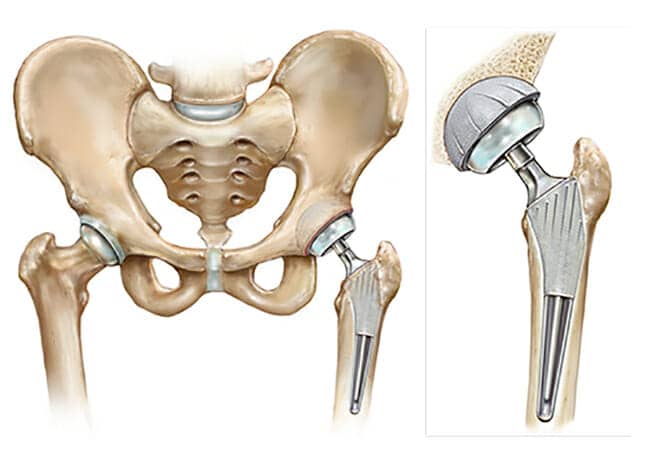
Artificial Cornea Transplantation
Artificial cornea transplantation is suggested for the persons who can’t accept the human donor eye transplantation. This kind of artificial cornea transplantation is otherwise known as keratoprosthesis.
Artificial Intestine
Artificial intestine is for the patients who lack the capacity to absorb the nutrients by means of their natural gastrointestinal track. In those cases, implantation of artificial intestine plays an important role.
Artificial Lungs Transplantation
Artificial lungs are a prosthetic device that provides oxygenation of blood and removal of carbon dioxide from the blood.
Artificial Hand
Artificial hand transplantation is actually a surgical procedure, where human hand is replaced from one to other. Actually, it is done from the brain dead donor and it is replaced for the person who has lost the hand.
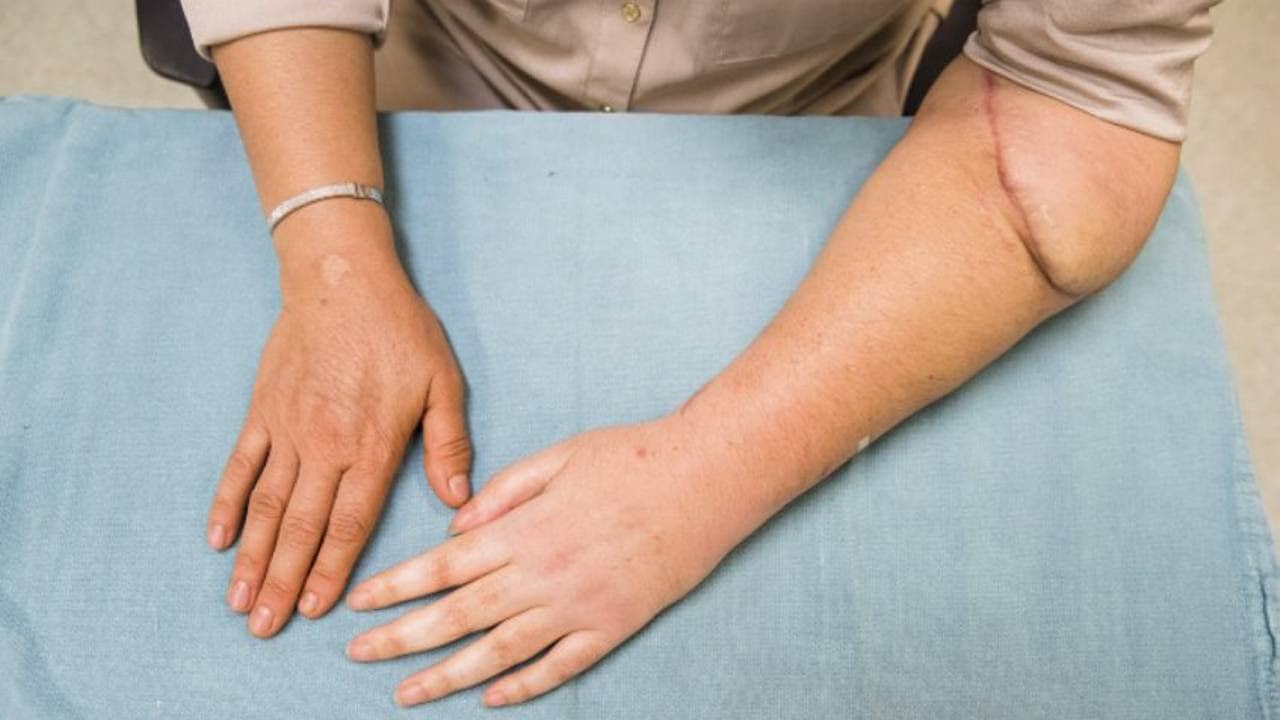
Artificial Hegs
Artificial legs is otherwise known as artificial limb and this can help you to perform daily activities like walking, running etc. There four types of artificial leg transplantation; they are transfemoral, transradial, transhumeral prostheses artificial leg transplantation.
Which Organs Are In Demand In Today’s World?
- Majority of patients across globe is under waiting lists need kidney transplants, less people needs liver, lung and heart transplants.
- Disease and lifestyle practice are the main reason of this demand. For instance, patients need a kidney transplant as a result of diabetes, an infection and prolonged high blood pressure leading to kidney failure. Alcohol could also lead to the require for a liver transplant, and damage caused by smoking or cystic fibrosis would mean someone needs replacement lungs.
- The demand for artificial organs is expected to rise in the future. Whereas the demand for organs because of accidents is low down, ageing of the population is likely to augment the demand.
- Additionally, even with lower rates of smoking, urban air pollution and migration to cities are a concern as they augment rates of chronic disruptive pulmonary disease.
- Obesity trends are also expected to lead to future rises in require for organs, in particular for kidneys and hearts.
For any other enquiries concerning about your application process or admission process we are here to aid you with the same and please contact 91 8681018401.


